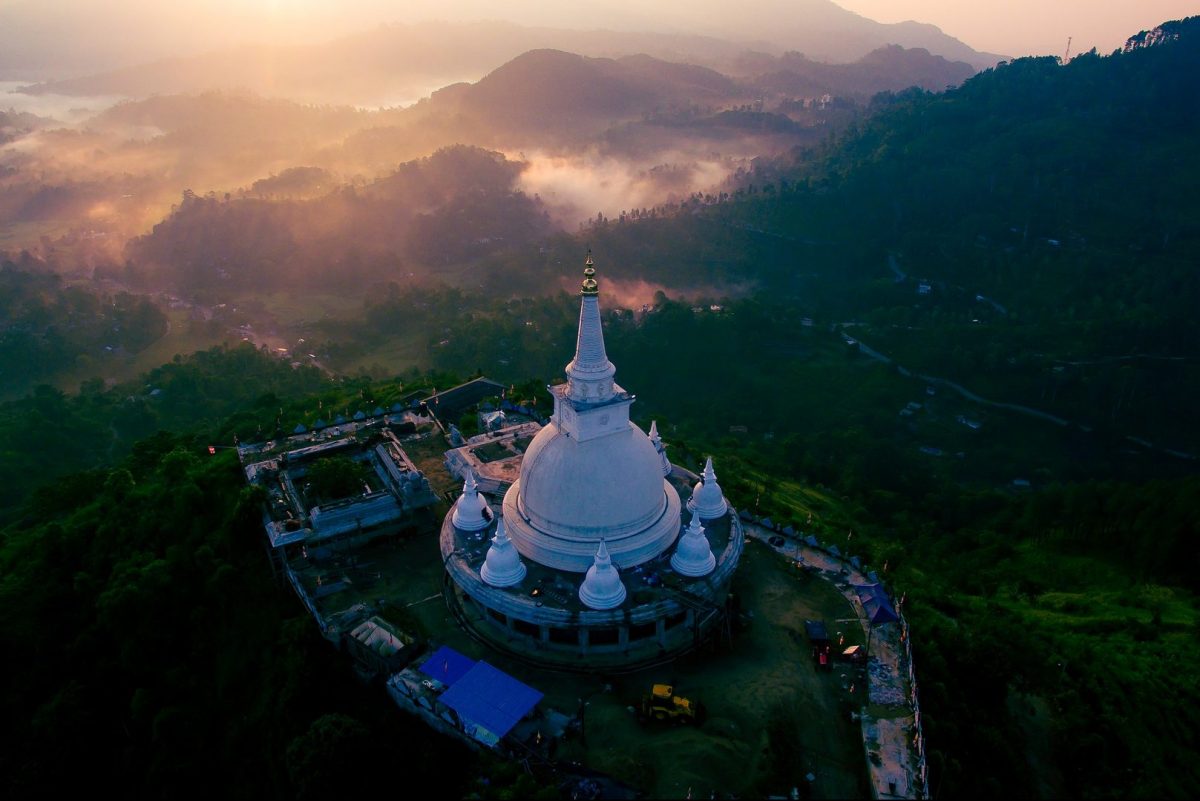Skift Take
Sure, you may have the best tourism products, but what good is a destination if it doesn’t engage with its audience to communicate that?
Having battled political instability and economic crisis, a resilient tourism industry in Sri Lanka now waits for the government to do its bit to communicate to the world that the country is open to tourists.
But not exactly in the critical manner that was deployed by Sri Lankan Tourism Minister Harin Fernando at the recent ITB Berlin conference, where he called Maldives "boring," without much to offer to tourists, compared to Sri Lanka.
https://twitter.com/NewsWireLK/status/1634573177765650432?ref_src=twsrc%5Etfw%7Ctwcamp%5Etweetembed%7Ctwterm%5E1634769290737127424%7Ctwgr%5E15e74dd66722110e514ad3f149b8a416d47be2fb%7Ctwcon%5Es2_&ref_url=http%3A%2F%2Fedition.mv%2Fnews%2F27385Sri Lanka's last real tourism promotion campaign was 16 years ago.
Through March 13, Sri Lanka welcomed 264,022 visitors this year, with 53,838 visitors arriving in the first 13 days of March.
The country plans to attract 1.55 million visitors in 2023, a target which many feel isn’t a particularly high number given the capacity and potential of the destination.
Rocked by a series of bomb blasts in 2019, Sri Lanka welcomed a little less than 2 million tourists that year, 18 percent lower than its 2018 arrivals of 2.3 million tourists.
Battling an Economic CrisisLast year from April onwards, the country witnessed a spate of anti-governme
